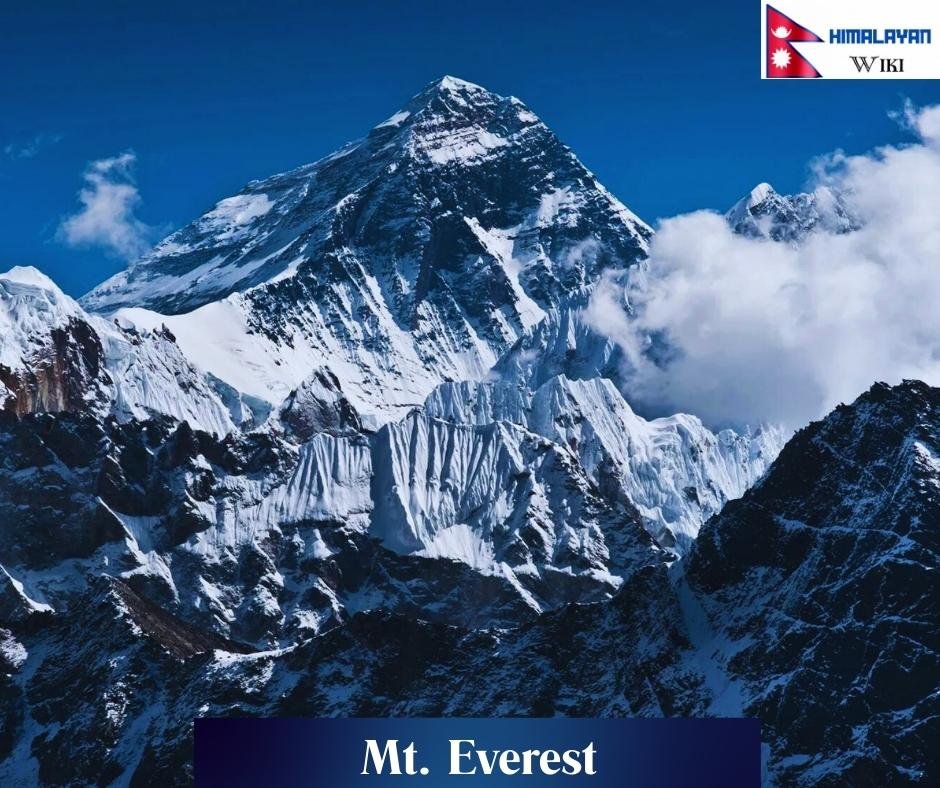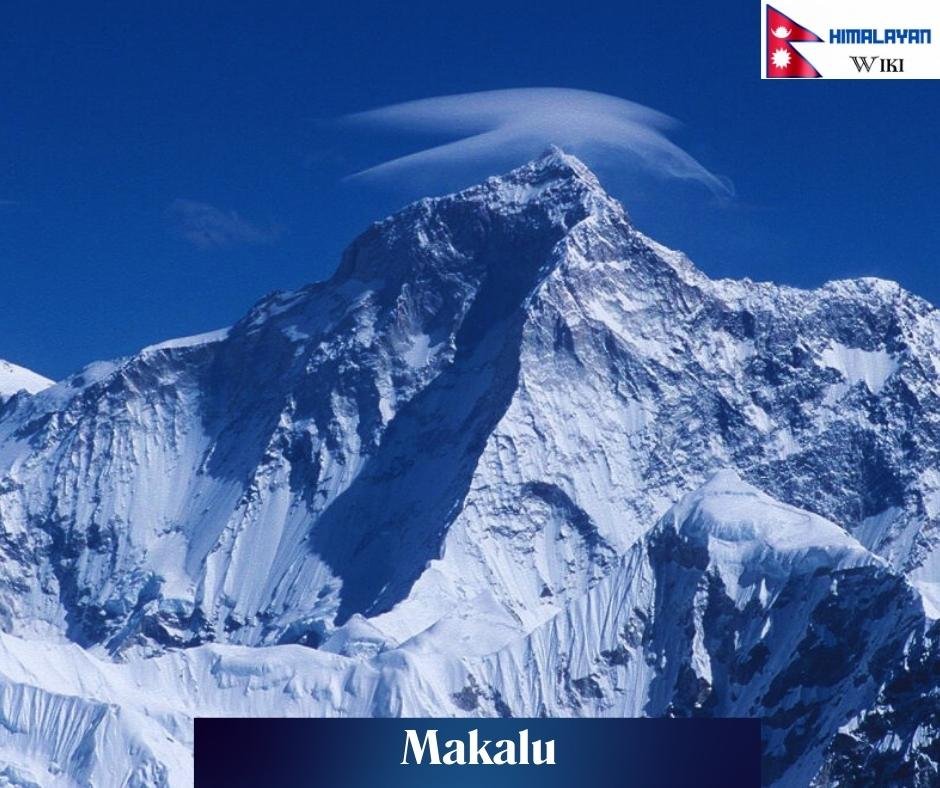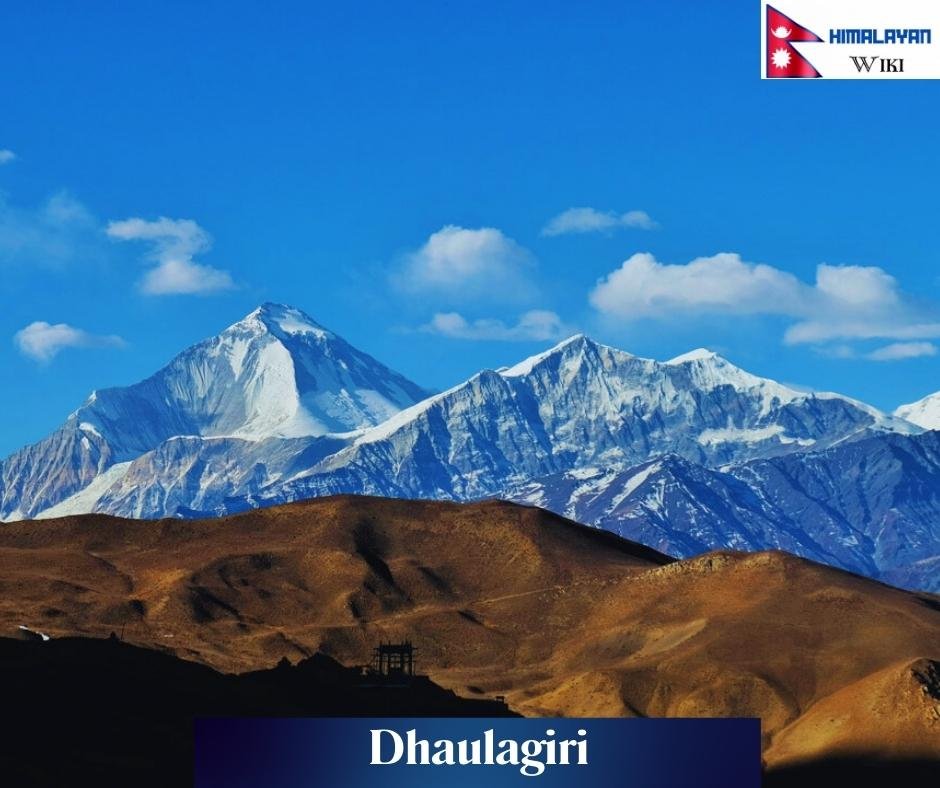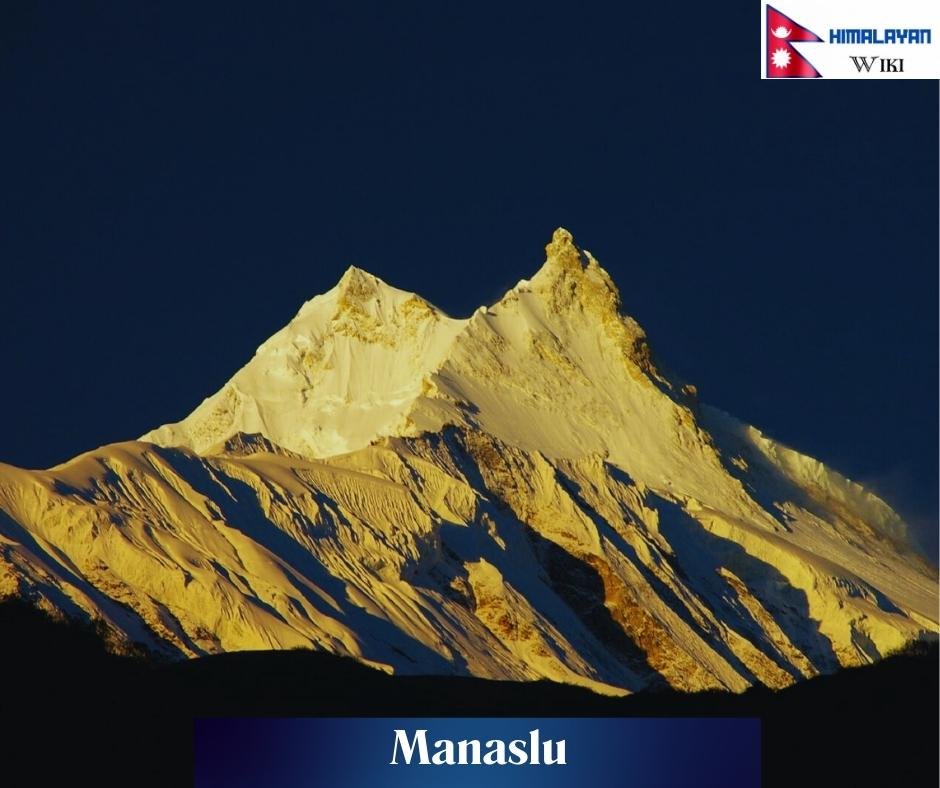The Top highest Mountain in Nepal is a fantastic gift granted by nature, which makes it the crown jewel of the Himalayas and a dream destination for countless climbers and adventurers. It is the Nepalese people’s heart and a national pride symbol.
Summary of the Highest Mountain in Nepal:
| Rank | Mountain | Elevation (m/ft) | First Ascent |
| 1 | Everest | 8,848.86 m (29,031.7 ft) | May 29, 1953 |
| 2 | Kanchenjunga | 8,586 m (28,169 ft) | May 25, 1955 |
| 3 | Lhotse | 8,516m (27,940ft) | May 18, 1956 |
| 4 | Makalu | 8,481m (27,825ft) | May 15, 1955 |
| 5 | Cho Oyu | 8,188 m (26,864 ft) | October 19, 1954 |
| 6 | Dhaulagiri | 8,167 m (26,795 ft) | May 19, 1960 |
| 7 | Manaslu | 8,156 m (26,759 ft) | May 9, 1956 |
| 8 | Annapurna | 8,091 m (26,545 ft) | June 3, 1950 |
| 9 | Gyachung Kang | 7,952m (26,089 ft) | April 10, 1964 |
| 10 | Annapurna II | 7,937m (26,040 ft) | 1960 |
Top 10 Highest Mountains in Nepal
Mount Everest

➤ Mount Everest, the Earth’s tallest peak at 8,849 meters, is situated in the Mahalangur Himal sub-range of the Himalayas.
➤ It was successfully conquered in 1953 by Edmund Hillary and Tenzing Norgay and straddled the China-Nepal border.
➤ “Everest” translates to “Holy Mother” and pays homage to British surveyor George Everest. Climbers typically choose the Southeast Ridge route in Nepal.
- The highest peak on Earth: 8,849 meters
- Location: Mahalangur Himal sub-range, Himalayas
- First ascent: Edmund Hillary and Tenzing Norgay, 1953
- Border: China-Nepal
- Meaning of name: Holy Mother
- Regular route: Southeast Ridge (Nepal)
Kanchenjunga

➤ The third highest mountain in the world: Kangchenjunga stands at 8,586 meters (28,169 feet) tall, making it the third highest mountain in the world after Mount Everest and K2.
- Height: 8,586 meters
- Location: Kangchenjunga Himal section, Himalayas
- First ascent: 1955
- Border: Nepal-Sikkim
- Mountain: a sacred mountain in both Nepal and Sikkim
Lhotse

➤ Lhotse, the world’s fourth-highest mountain, at 8,516 meters, is located on the border of the Tibet Autonomous Region, China, and the Khumbu region of Nepal.
➤ It is part of the Himalayas and the Mahalangur Himal mountain range.
➤ First ascended on May 18, 1956, by Fritz Luchsinger and Ernst Reiss, the mountain has a prominence of 610 meters. The easiest route for climbers is a glacier/snow/ice climb.
- Height: 8,516m
- Location: Mahalangur Himal mountain range
- First ascent: May 18, 1956
- Border: China-Nepal
- Regular route: glacier/snow/ice climb
Makalu

➤ Makalu, standing at 8,481 meters, is the world’s fifth-highest mountain. It is located on the China-Nepal border in the Mahalangur Himalayas, 19 km southeast of Mount Everest.
➤ Shaped like a four-sided pyramid, it is among the eight thousanders and has distinctive subsidiary peaks.
➤ The initial ascent, achieved by Lionel Terray and Jean Couzy on May 15, 1955, involves a predominant snow/ice climb. The mountain’s isolation measures 17 km (11 mi).
- Height: 8,481 meters
- Location: Mahalangur Himalayas
- First ascent: May 15, 1955
- Border: China-Nepal
- Regular route: predominant snow/ice climb
Cho Oyu

➤ Cho Oyu, the sixth-highest mountain globally at 8,188 meters, is known as the “Turquoise Goddess” in Tibetan.
➤ Positioned as the westernmost central peak in the Khumbu sub-section of the Mahalangur Himalaya, it is 20 km west of Mount Everest.
➤ Herbert Tichy, Pasang Dawa Lama, and Joseph Jöchler achieved the first ascent on October 19, 1954, through a route primarily involving a snow/ice/glacier climb.
- Height: 8,188 meters
- Location: Mahalangur Himalayas
- First ascent: October 19, 1954
- Border: China-Nepal
- Regular route: Snow/ice/glacier climb
Dhaulagiri

➤ Dhaulagiri, the seventh-highest mountain globally at 8,167 meters, is situated in Nepal and is the highest mountain entirely within the borders of a single country.
➤ First conquered on May 13, 1960, by a Swiss-Austrian-Nepali expedition, it stands in the Dhaulagiri mountain range, with Annapurna I located 34 km to the east.
➤ The highest point, Dhaulagiri I, features a northeast ridge as the easiest route for climbers.
- Height: 8,167 meters
- First ascent: May 13, 1960
- Regular route: easiest route for climbers
Manaslu

➤ Manaslu, standing at 8,163 meters, ranks as the eighth-highest mountain globally, nestled in the Mansiri Himal of the Nepalese Himalayas in west-central Nepal.
➤ The name “Manaslu” translates to “mountain of the spirit,” derived from the Sanskrit word “manasa,” signifying “intellect” or “soul.”
➤ First ascended on May 9, 1956, by Artur Hajzer, Gyalzen Norbu, and Toshio Imanishi, the mountain’s easiest route involves a snow/ice climb on the northeast face.
- Height: 8,163 meters
- First ascent: May 9, 1956
- Regular route: snow/ice climb
- Sanskrit name: Manasa
Annapurna I

➤ Annapurna, located in the Annapurna mountain range of Gandaki Province, north-central Nepal, is the tenth highest mountain globally, at 8,091 meters.
➤ Renowned for the challenges and risks associated with its ascent, it is part of the Himalayas.
➤ Maurice Herzog, Louis Lachenal, Lionel Terray, and others were the first ascenders.
➤ The most straightforward route for climbers is the northwest face, and Cho Oyu is its parent peak.
- Height: 8,091 meters
- First ascent: June 3, 1950
- Regular route: Easiest route for climbers
Gyachung Kang

➤ Gyachung Kang, situated in the Mahalangur Himal section of the Himalayas, is the highest peak between Cho Oyu and Mount Everest.
➤ With an elevation of 7,952 meters, it straddles the Nepal-China border.
➤ First ascended on April 10, 1964, by Pasang Phutar Sherpa, Yukihiko Kato, and Kiyoto Sakaizawa, the mountain offers the most accessible route through a glacier/snow/ice climb.
➤ It is 700 meters high within the Himalayan mountain range.
- Height: 7,952 meters
- Location: Mahalangur Himalayas
- First ascent: April 10, 1964
- Border: China-Nepal
Annapurna II

➤ Annapurna II, part of the Annapurna mountain range in Nepal, acts as the eastern anchor of the range, closely following Annapurna I Main in elevation, isolation, and prominence.
➤ Standing at 7,937 meters, it ascended in 1960 by Chris Bonington, Ang Nyima, J. O. M. Roberts, and Richard Grant.
➤ The mountain in the Himalayas offers a snow/ice climb as its easiest route and is connected as a parent peak to Annapurna I.
- Height: 7,937 meters
- First ascent: 1960
- Peak: Parent peak to Annapurna I
- Regular route: Snow/ice climb


